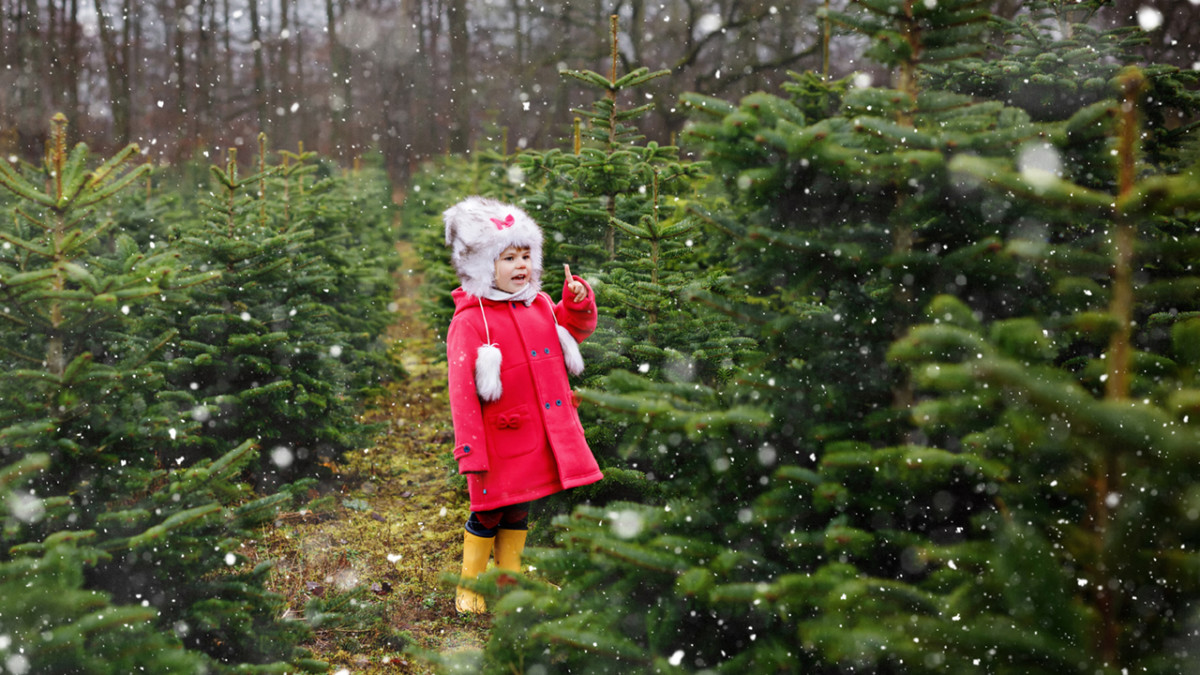Live and artificial Christmas trees pose health and safety hazards but knowing what you are at risk for and what you can do to prevent those risks can help protect you, your family and your home. But, if both kinds of trees are dangerous, how can you be confident in your choice? With BRCA’s safety and prevention measures, you can make the right choice and sleigh the fire risks in the process.
Is it a “fresh cut tree,” or is it firewood?
When shopping for a live Christmas tree, pay attention to the condition of the trees. Are the trees in water? Are the trees still in the ground? Or are the trees dry and leaned all together? The perfect tree isn’t dried out and shedding needles. When you pull on the needles, they shouldn’t come off with ease. When you bend the branches, they shouldn’t be brittle or snap. These signs indicate a dead or dying tree that can pose a serious fire hazard because, instead of buying a Christmas tree, you’ve bought firewood.
Put on your flannel; it’s time to chop some wood.
Once you find “the one” and get it home, it’s time to chop the trunk. To ensure the tree can pull in enough water from the tree stand, you need to treat it like a new flower bouquet and take a little off the bottom. By cutting two inches off the trunk at a 45° angle, you are setting your tree up for success.
A watered tree is a happy tree.
Unlike all of those drooping house plants, live Christmas trees need to be watered, not only to stay fresh but to keep from drying out. Because of this, live trees need more love and attention than artificial trees. If the tree begins to fade in color or a lot of needles begin to show up on the floor, it’s cause for concern. Also, unlike house plants, Christmas trees can’t be revived. Once they begin to dry out, they are past the point of no return, and it’s time to toss them. If your schedule prevents you from caring for your tree properly, consider buying an artificial tree instead.
Don’t be shocked. Artificial trees are fire hazards too.
While most artificial trees are less flammable than live trees, artificial trees can still be fire or electrocution hazards. Artificial trees are typically flame retardant or resistant but, if the fire burns hot or long enough, the resistance can wear off, causing the whole tree to catch fire. If you are putting the lights on the tree yourself, be sure not to overload the outlets. The tree’s packaging instructions should recommend a bulb count (ex. 300 ct.) for string lights that are considered safe for that size tree. If the tree comes pre-lit, look over the lights to make sure there is no exposed wiring or defects with any of the bulbs, plugs or cords.
Decorations should be a non-flammable affair.
Decorations and ornaments should be not only hung but chosen with care. You want your decorations to be non-flammable or flame-retardant in case something overheats or sparks. It’s also not a bad idea to buy shatter-resistant ornaments if children or pets surround your tree. While the tree is beautiful with all the lights glowing off the ornaments, don’t forget to unplug or turn off the lights when you aren’t home. Supervising lighting and decorations are essential in preventing house fires during the holidays.
It was a good tree, but Christmas is over. Now what?
The holiday season has come and gone, and now you’re left with a dead tree. The longer the tree sits around in or immediately outside of your house, the more urgent the fire hazard becomes. Instead of dragging it out to the backyard and burning it, consider safer tree disposal options, including taking it to a Christmas tree drop-off location, contacting your local government about curbside Christmas tree pick-up or donating it to be used in marine life habitat rehabilitation efforts*. Do not cut up the tree to use for indoor fires, as residues from the tree can stick to the inside of your chimney and pose a fire hazard all year long or until your chimney is cleaned.
*For those who live near or around Augusta, GA, the Corp of Engineers will announce Christmas tree drop off locations for marine life habitat rehabilitation efforts closer to the end of the holiday season.
